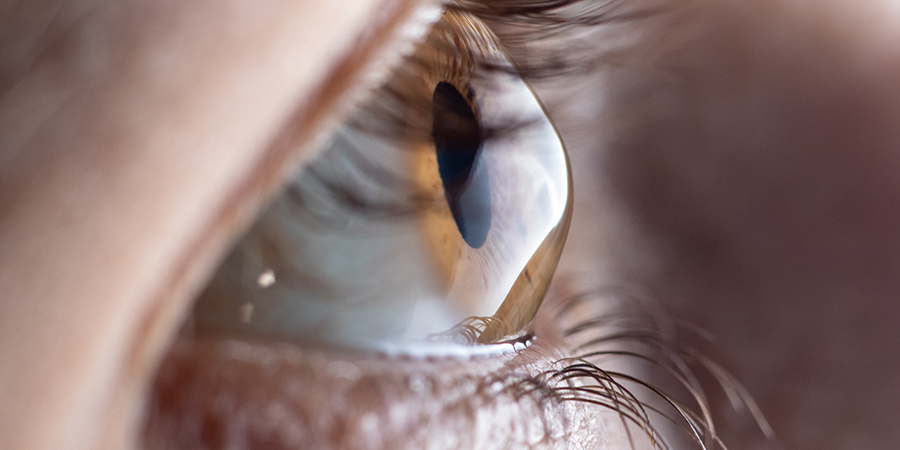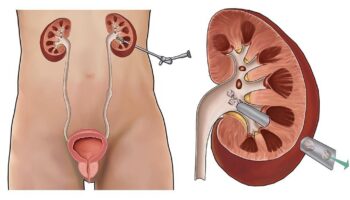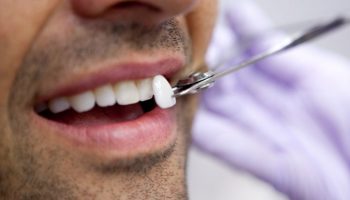Keratoconus is a degenerative eye disease, which makes it difficult for patients to see. This condition may cause the cornea to become thinner and bulge outward, causing vision distortion. It can also lead to blindness when treatment is delayed for too long. In Philadelphia, just like in other places, patients with keratoconus are often told that they need a corneal transplant or glasses to correct their vision problems. The truth is, there are specialists in keratoconus in Philadelphia who can offer better alternatives. Their treatments will reduce the progression of this condition.
What is Keratoconus?
Keratoconus is an eye disease that causes the cornea to become extremely thin or weaken, bulging outward into a cone-like shape; this causes vision distortion. It’s more common for keratoconus to affect people suffering from nearsightedness (myopia), usually at an early age.
What Causes Keratoconus?
As of now, there isn’t enough research on keratoconus, but scientists suspect that it may be caused by genetic factors and environmental pressure, which causes the cornea to degenerate over time. People who are under excessive nearsightedness are more likely to develop this condition.
What Are the Symptoms of Keratoconus?
In the early stages of keratoconus, patients will likely experience a minimal change in their vision. As the condition progresses, it may become difficult for a person to see at a distance or read ordinary print material because images appear blurry. Symptoms of keratoconus therefore include:
- Blurred vision
- Poor night vision
- Sensitivity to light
- Distorted vision
How is it Diagnosed?
The earliest sign of keratoconus in most patients is their eyeglass prescription getting progressively stronger every year even though they didn’t have any changes in their eye shape. For others, these symptoms will appear in their teenage years or when they’re young adults.
However, some may not experience symptoms until later in adulthood or older than 40 years old. To properly diagnose this disease, your doctor will perform several tests like videokeratography (evaluates the cornea’s shape and thickness), topography ( measures how light reflects off of the surface of your eyes), or Placido disc (measures tear production).
How is it Treated?
Treatment for keratoconus will depend on the type, severity, and location of your corneal thinning. There are different treatment options available depending on your needs. One of the effective methods which specialists use is INTACS. INTACS are tiny artificial implants that help reshape the cornea and restore vision.
They work by helping to flatten the cornea or push it into its proper, rounded shape. In Philadelphia, doctors may also use a cross-linking procedure to make your corneas stronger and more stable while strengthening your vision in the process.
Can it be Prevented?
Keratoconus is a degenerative disease which means there is no way for you to prevent this condition from happening. However, some therapies may be able to slow down its progression if caught early on before it gets worse.
It is not uncommon for people in Philadelphia to be told they need a corneal transplant or glasses when diagnosed with keratoconus. This can often leave patients feeling hopeless and without any other treatment options. However, some specialists offer better alternatives that will reduce the progression of this condition. One option available is INTACS, which involves using artificial implants that help reshape the patient’s cornea and restore vision while also strengthening their eye muscles.





